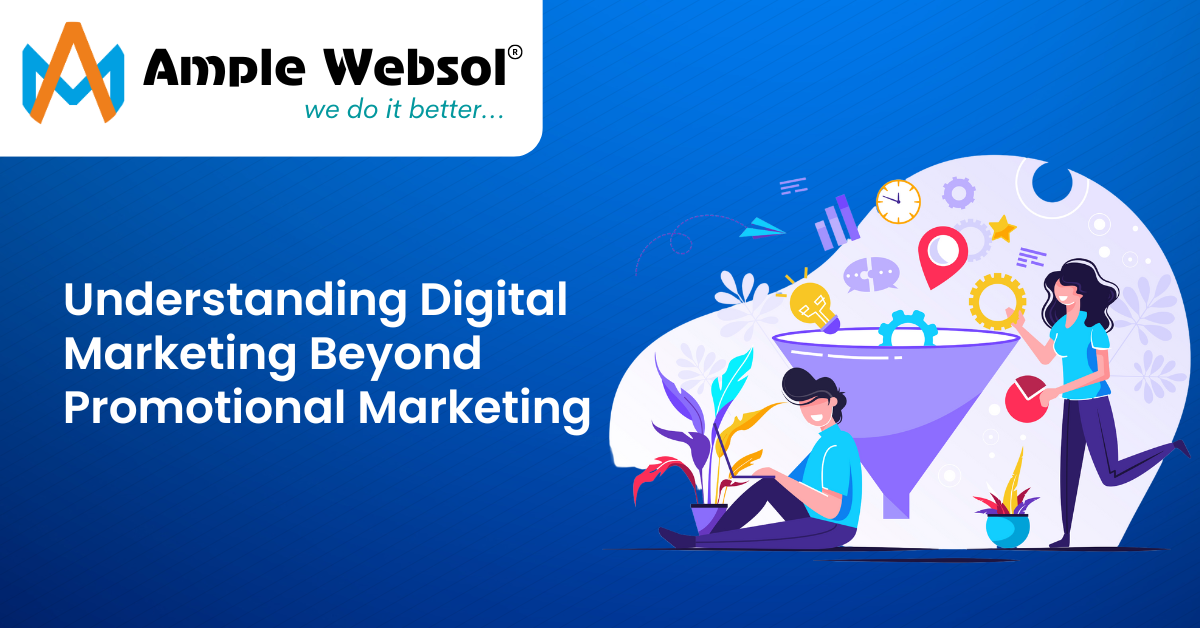In today’s digital world, knowing the full scope of Digital Marketing is crucial for businesses…

Post-Pandemic Digital Marketing Strategies
Post-Pandemic Digital Marketing Strategies: Adapting to the New Normal
The COVID-19 pandemic has significantly impacted the way businesses operate, requiring a shift in digital marketing strategies to adapt to the new normal. Businesses must enhance their online presence, prioritize local SEO, embrace virtual events, deliver personalized customer experiences, increase social media engagement, expand e-commerce capabilities, leverage influencer marketing, prioritize customer support, reevaluate digital advertising, and monitor and analyze performance.
Here are some post-pandemic digital marketing strategies to consider:
- Enhanced Online Presence: Strengthen your online presence through search engine optimization (SEO), social media marketing, and content marketing. With more people relying on digital channels, make sure your website is optimized, create engaging social media content, and provide valuable information to your target audience.
- Focus on Local SEO: Prioritize local SEO strategies to target customers in your immediate vicinity. Update your Google My Business listing, optimize for local keywords, and encourage customer reviews. Local searches have gained prominence, and businesses need to capitalize on this trend.
- Embrace Virtual Events: With in-person events restricted, shift to virtual events and webinars. Leverage platforms like Zoom or Google Meet to connect with your audience, provide valuable content, and foster engagement. Virtual events allow you to reach a wider audience and establish thought leadership.
- Personalized Customer Experiences: Invest in data-driven marketing to deliver personalized experiences. Leverage customer data to segment your audience, tailor content and offers, and provide personalized recommendations. Customers now expect customized interactions, and personalization helps build trust and loyalty.
- Increase Social Media Engagement: Engage with your audience on social media platforms through live videos, interactive posts, and user-generated content campaigns. Encourage user participation, respond to comments and messages promptly, and build a community around your brand.
- Shift to E-commerce: If you haven’t already, consider expanding your e-commerce capabilities. Provide a seamless online shopping experience, optimize product listings, and invest in secure payment gateways. E-commerce has witnessed a surge, and businesses need to adapt to the growing demand for online purchases.
- Leverage Influencer Marketing: Collaborate with relevant influencers who align with your brand values and target audience. Influencer marketing can help amplify your message, reach a wider audience, and build trust and credibility.
- Prioritize Customer Support: Ensure your customer support channels are robust and responsive. With the shift to online interactions, customers rely heavily on prompt assistance. Use chatbots, live chat, or dedicated customer support teams to provide quick resolutions and maintain customer satisfaction.
- Reevaluate Digital Advertising: Assess your digital advertising strategies and allocate budgets effectively. Consider retargeting campaigns, paid social media advertising, or Google Ads to reach your target audience. Monitor the performance of your ad campaigns and optimize based on insights.
- Monitor and Analyze: Continuously monitor key metrics, such as website traffic, engagement rates, conversion rates, and customer feedback. Analyze data to understand customer behavior, identify trends, and make data-driven decisions to optimize your digital marketing efforts.
Conclusion:
By adapting to the new normal and implementing these post-pandemic digital marketing strategies, businesses can remain resilient, engage with customers effectively, and drive growth in the digital landscape. Stay agile, stay connected, and embrace the opportunities presented by the evolving digital landscape.
Explore our Services!
Website Development Company in Vadodara, Digital Marketing Company in Vadodara, SEO Company in Vadodara, Google Ads Expert in Vadodara, Hire the Best Facebook Ads Specialist in Vadodara, E-Commerce Development Company in Vadodara, UI/UX Design & Development Service in Vadodara, Web Application Development Services in Vadodara, Mobile Application Development Services, Social Media Marketing Agency in Vadodara, Best Email Marketing Services in Vadodara


